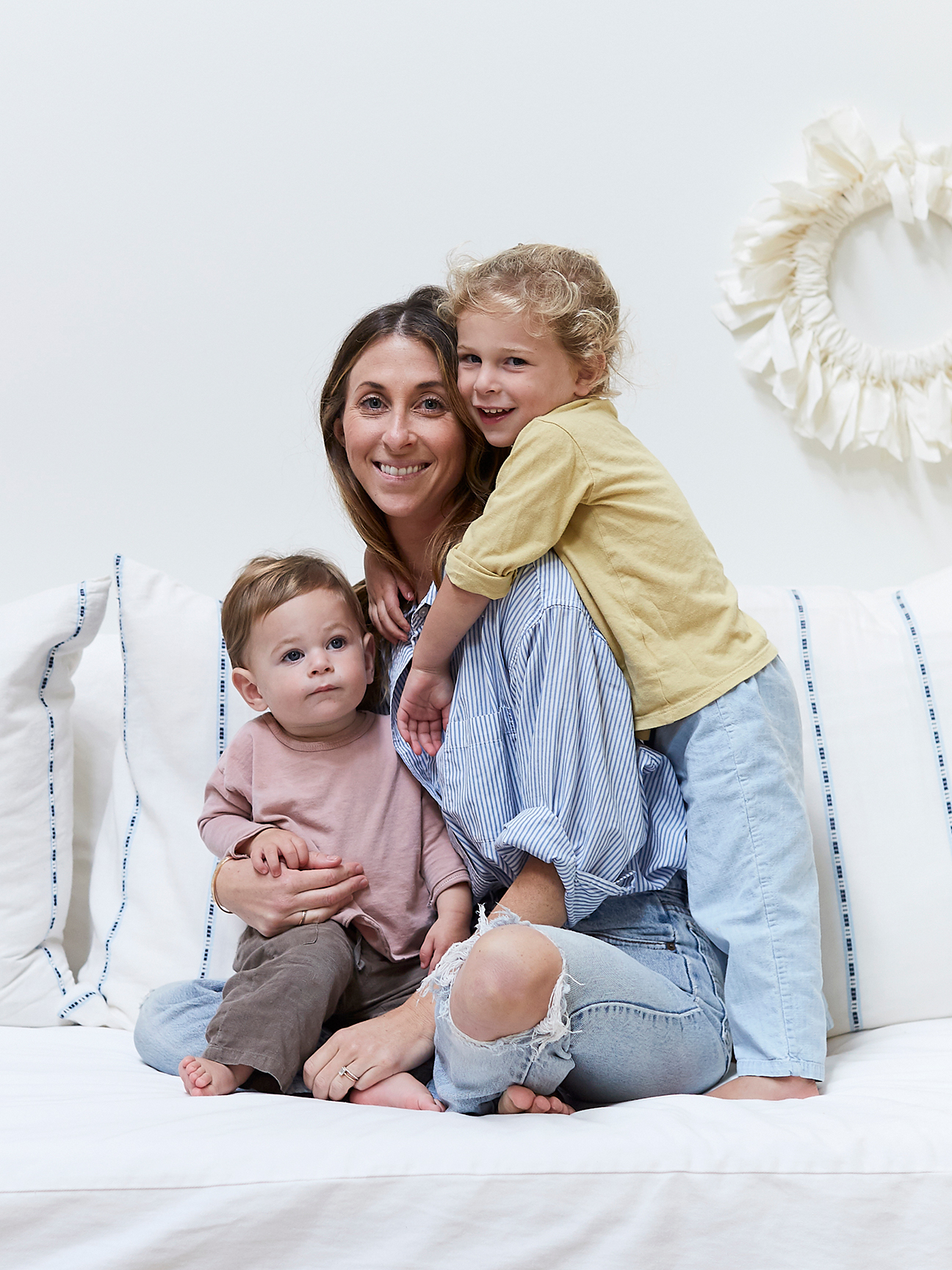We may earn revenue from the products available on this page and participate in affiliate programs.
The number-one question nursery designer Hannah Shargal gets asked by parents: “What do I really need?” There are infinite swaddle options alone, and to make it more daunting, the hard part isn’t even weeding out the good products from the bad—it’s sorting the great from the great for you. “I was overwhelmed, almost paralyzed, when I had my first child,” says Shargal. “Everyone likes something different.”
Her struggle to source the right products inspired her to launch EEMA, an interior design studio for children’s spaces, this January. Her services vary from building registries and curating hospital bags (hot tip: an eye mask is underrated!) to stocking closets and room installations. Although Shargal knows better than anyone that there’s no one way to create a child’s room, there are a few general rules she swears by.
Spend the Most Time Choosing a Wallpaper

While you shouldn’t rush into committing to a rocker or crib you’re not 100 percent sold on, you’ll really want to exhaust your wallpaper options, whether you’re covering all four walls or simply lining a bookcase. “You should love it three years down the road,” says Shargal. Longevity comes down to the palette; you won’t grow tired of something kiddie-like, such as a safari-themed mural, if it’s done in taupe and sage.
Find a New Place for the Mobile
Turns out, the decoration isn’t super-practical over the crib once your little one becomes curious about the world. (Shargal found that the dangling pieces kept her kids up during nap time.) That’s not to say you have to forgo the staple altogether—just hang the mobile over the changing station, where a little distraction is welcome.
Invest in Blankets
Other so-called must-haves that aren’t worth the investment: swings and basically any bouncy playthings, which soak up precious real estate and have a life span of about six months. “You can lay down a quilt on the floor with a few toys and your child will be totally stimulated that way, too,” says Shargal.
Let the Books Do the Talking

Skip the Star Wars–themed light fixture and Disney princess art when it comes to the final accessories and get brightly colored storybooks instead. Everything down to the rug and the seating should be an extension of your home and style. (Ask yourself: Would I display this in my living room?)
Store the Necessities Within Reach
If you really want your baby’s room to feel like a zen haven, keep all your changing station essentials at your fingertips (otherwise you’ll be scrambling whenever there’s an accident). Shargal suggests storing diapers and grooming items either on top of the dresser (corral them on a tray) or in the very top drawer. Place basic clothing like onesies, T-shirts, and pants in the lower drawers.
Streamline the Closet With a Shoe Drawer

Teeny-tiny baby shoes are adorable, except when they end up in a messy pile on the closet floor. “You never realize what you have, and by the time you do your child has outgrown them,” says the designer. For her son’s room, Shargal designed a tall, slim closet system on IKEA’s website that features a see-through drawer beneath two hanging rods. Now nothing gets overlooked.
See more stories like this: This New Mom’s IKEA Shelf Hack Is as Simple as They Come 8 Small Nursery Ideas That Make the Most of Every Square Inch This Tricked-Out Kids’ Bed Is the Reason We Worship Built-In Storage



